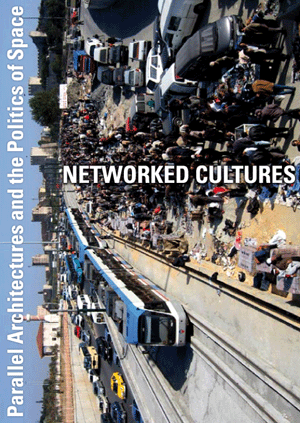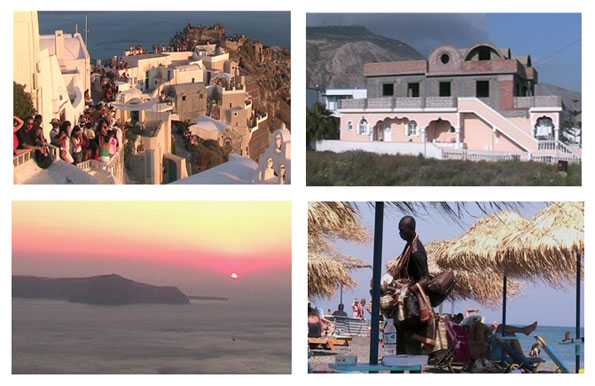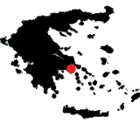_loginregistrieren_database_5 Factories - Worker Control in Venezuela Dario Azzellini & Oliver Ressler _ALMOSTREAL ECF _AnArchitektur Jesko Fezer _Arizona Road Azra Aksamija _Balkan Konsulat rotor _Bata-ville: We are not afraid of the future Nina Pope + Karen Guthrie / www.somewhere.org.uk _Black Benz Race krcf in collaboration with Felix Stalder, Arben Gecaj, Faton Topalli and Osman Osmani _Black Sea Files Ursula Biemann _Camp La Jolla Military ParkOwen Mundy _CHANGE REALITY: Renaming the Streets of Zagreb REINIGUNGSGESELLSCHAFT _Conceptual Paradise. There is a place for sophistication Stefan Roemer _de-regulation Irit Rogoff, Kutlug Ataman, Stefan Roemer_news ____________Bloomberg SPACE, London ____________Kumu Art Museum Tallinn ____________Open Space, Open Systems - Vienna ____________CAA 2011 Conference, New York ____________Forum Stadtpark, Graz ____________Symposium, Istanbul ____________lungomare, Bozen/Bolzano ____________Metropolis Biennale 2007-17, Copenhagen ____________new publication available now ____________Mestna Galerija, Ljubljana ____________Livestream of Networked Cultures documentary ____________ |
_Databaseproject: The production & consumption of space in Santorini island location: Athens, London  date: 2008-01-22 info: The aim of the research is to investigate the meaning of space produced in the island of Santorini. A thorough and comprehensive investigation of the facts that have contributed to the very recent transformation of Santorini island is thus needed. The characteristics of this transformation are complicated and difficult to locate: A general account of this transformation could be described as that of a rural place to a built-up tourist center. This general and probably insufficient description introduces however a number of social, environmental and economical related issues. For example: What is the social order that the island is facing up to and how this social order shapes its space and vice versa? What are the environmental changes and how they make themselves apparent in space? In what ways is the island's economy depended and interrelated to the global economy and again how this relation reveals itself in space? Therefore my investigation is focusing on how these transformations become visible in the island's space and what this appearance communicates. What sets the case of Santorini a worth examining one is its current condition: a state of mobility that can be characterised as more or less a permanent one. This mobility has occurred by the infusion of the global into the local and it is their interaction which primarily forms Santorini's space today. This constant state of mobility does not only alter continually the spatial order but also our comprehension of it. To understand at first place how these changes came about, I suggest an initial exploration into the landscape of Santorini itself. This landscape is probably the key point to a preliminary understanding of its space. Most part of Santorini island is volcanic; it was formed by the consequent explosions of a volcano which has been active since nowadays. The landscape that was created is significant not because of its particularities alone but because it has shaped the living conditions and the social relations of the inhabitants and has played a crucial role in the development of the island as a whole. It is also important as it enables a comparison of the landscape's role in the past and today: differences between use and consumption -or in other words, differences between spaces made (produced) to be lived and spaces made to be read. (H. Lebfevre,The production of space, 1996:142-143). I believe that by a close study of the theories around space and by looking into the factors that determine the condition of Santorini island today one comes to identify three major issues requiring a deeper analysis: 1. the global/local interactions that set the island in a constant state of flux. 2. the particular and complex role of nature today. 3. the practice of illegal procedures which has established a state of anomy in the island. I therefore think that an investigation of those three major issues can illuminate how space is produced and consumed in Santorini and can lead us to a further understanding of the meaning of its space. Finally, this process is challenging as it could possibly inform main current concerns in today's society. http://www.zoi-photography.com/santorini.html |
_broadcasts_conversations+ Ana Dzokic and Marc Neelen+ Ayreen Anastas and Rene Gabri + atelier d'architecture autogérée (aaa) + Asya Filippova + Sophie Hope and Sarah Carrington + Branca Curcic + Christoph Schaefer + Campement Urbain + Claudia Zanfi + Despoina Sevasti and Poka-Yio + Erden Kosova + Helmut Batista _textsRadio as Spatial Practiceby: Paulo Tavares Survival Kits: Artistic Responses to Globalizationby: Marga van Mechelen What Ever Happened to Cultural Democracy?by: Sophie Hope I don't know how to explain ...by: Anca Gyemant Trading Placesby: Peter Moertenboeck & Helge Mooshammer Milosevic as Architectby: Srdjan Jovanovic Weiss When the Unavoidable Knocks at the Door ...by: Gulsen Bal Tracing Translocality: The BlackBenz Raceby: Felix Stalder travelling lexicon towards a global positioning systemby: Celine Condorelli |